RHB Insurance Website Redesign
problem space
Built without a designer, the old website lacked clarity and ease of use. Lengthy forms delayed quotes, emergency assistance required calls, and text-heavy pages for contact, FAQs, and documents made support access frustrating.
missed opportunities
The old website showcased only 3 online products, leaving users unaware of additional offerings on the RHB Group website, which relied on lead forms for inquiries. This fragmented setup lacked a cohesive product portfolio, missing conversion opportunities.
scoping
Gaining Competitive Insights
Competitive analysis highlighted areas where we could improve clarity and streamline our user experience.
Why this matters?
scoping
Building the Product Together
We shared findings with the teams in a workshop, gathering their input to refine our website features.
More Details
scoping
Deciding What Comes First
Consolidated features from analysis and workshops were categorized into Priority 1, 2, 3, and 4.
Prioritization Strategy
Priority 1 features
Emergency Assistance
Request help for motor, travel, and medical.
Compare Quotations
Compare and customize plans with add-ons.
Download Receipt
Save or share receipts easily.
Policy Documents
Easy access to policy documents.
Instant Quote
Generate quotes with minimal input.
Locate Panels
Find nearby service panels.
Flexible Payments
Instalment payments with RHB cards.
Frequently Asked Questions
Reduce support load with FAQs.
Contact Channels
Streamline support channels for easy access.
design system
Creating a Cohesive Interface
The interface was aligned with the RHB ecosystem by using components from the IBK Design System.
About IBK Design System
website
Organizing Content for Clarity
Content was neatly divided into Informational and Functional menus for effortless navigation.
Menu Functions
website
Presenting Landing Page Draft
Using a center-stage display, I featured RHBI’s core value and 4 products available online.
More Details
The design softens insurance's seriousness, giving RHB Insurance a friendly, approachable image.

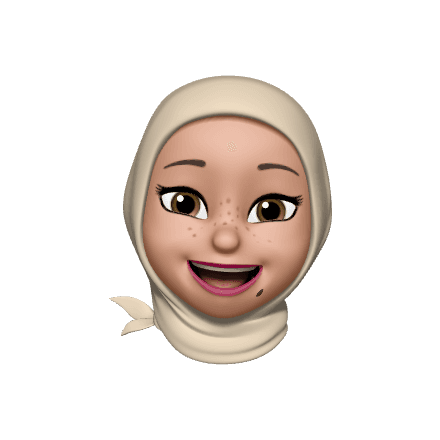
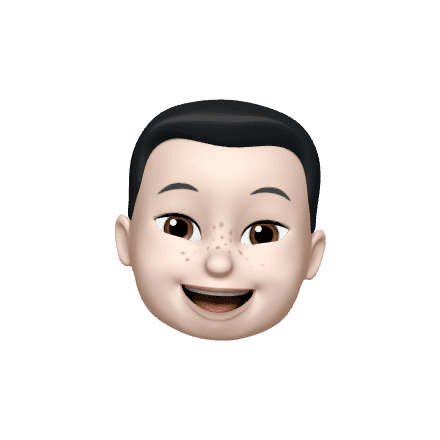
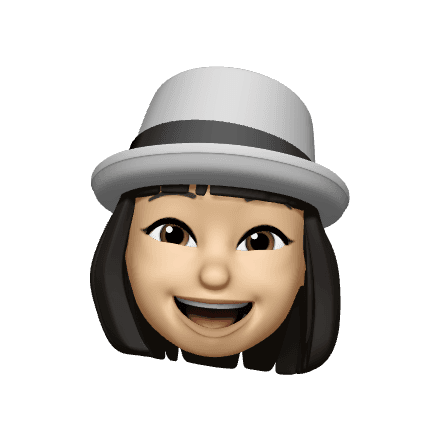
The product tab's smooth transition to the right lets users access products without scrolling up.
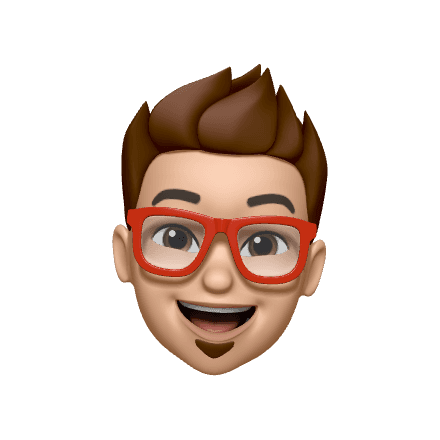

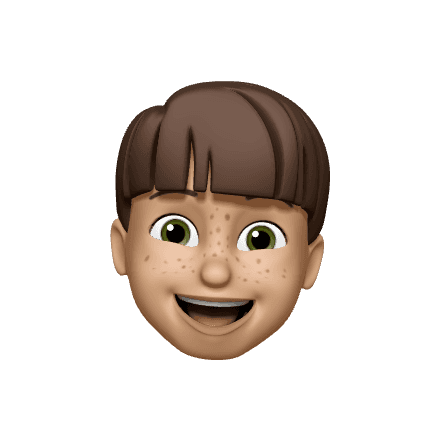

A dedicated section for marketing offers allows quick updates directly on our website, bypassing the need for RHB Group’s site.
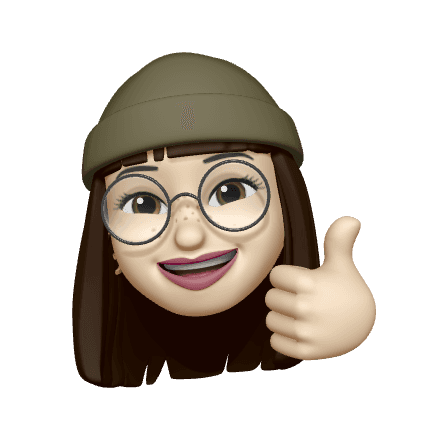


How can we display both STP and non-STP products, with the latter requiring a lead form on the RHB Group’s website?



Positioning FAQs above "Contact Us" lets users review them before contacting CRC, though it adds length to the homepage.



The product tab transition is intuitive, but there’s concern about its performance on smaller screens.




Motor Insurance
Evaluating the proposed Journey
I noticed we show the 'Enter missing ISM info' page to all users, even when 90% have the ISM info.
More Details
Motor Insurance
Presenting motor journey Draft
I proposed a personalized add-on feature that recommends add-ons based on user history.
Other Proposals
Our intuitive quotation design sets us apart from competitors. How can we seamlessly integrate premier protect and roadside rescue in the future?




The design is neat, and the flow is smooth. However, is there a possibility to further minimise the number of pages?



Recommended add-ons add value but need feasibility checks for timely implementation.



Considering the current API, obtaining vehicle details from ISM requires the vehicle number and ID number. Avoid API modifications to prevent launch delays.



Limit payment methods to only debit cards and credit cards in this MVP. Consider removing any additional payment options.



The spot hero illustrations are appealing but outside brand guidelines. Consider using spot illustrations that received approval from Group Marketing during the spot animation project.

Motor Insurance
Optimizing Journey post-presentation
The tech team assessed personalised add-ons feature unfeasible within the timeframe.
Other Adjustments
user testing
Validating designs with Real Users
I collaborated with a UX designer to test refined prototypes on 3 existing and 2 new users.
More Details
Key Findings from UT
3/3 existing & 2/2 new users completed
motor purchase, emergency assistance and panel workshop journeys without any issues.
3/3 existing & 1/2 new users allowed access
to current location to locate our panel nearest to them.
2/3 existing & 1/2 new users requested
search feature to find the desired FAQ and product related document.
Final Result 🎉
Instant Quote, No Waiting!
Customise your quote in real-time
Flexible Payments, Instant Receipts
Get help, When You Need It
Find Panels Nearby, Wherever You Are
Explore FAQs or Get in Touch
Need coverage info? Explore our documents
implement
Head of Digital invited me to demonstrate the new website experience to the board.
Board's Feedback
implement
Sharing UI docs for Story Creation
I created micro-flows to guide Business Analysts in detailing each feature and interaction.
Why this matters?
implement
Handing Off to Development
I prepared a specification document outlining component properties for a smooth handoff.
More Details
48%
Increase in revenue
year-end 2024
Plans with add-ons made decisions easier, delivering better coverage and premiums, while instalments ensured affordability.
39%
Increase in policies sold
year-end 2024
Minimal input for quotes delivered it faster, while emergency assistance boosted trust in after-sales services.

























